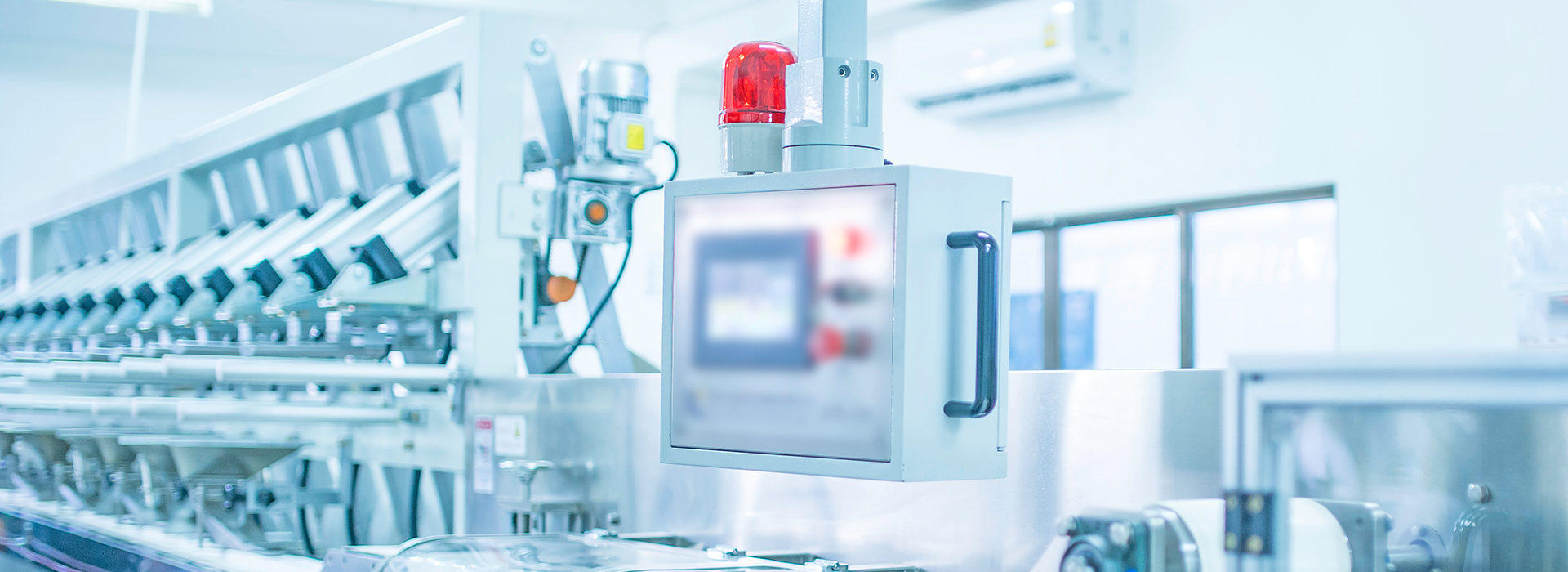Integrating lean, agile and digital transformation in the F&B industry
In our fourth article on practical solutions to challenges faced by the F&B industry, we explore how companies can unlock new levels of operational efficiency to navigate rising input costs, shifting consumer demands, tightening regulations, and increasing supply chain complexity.

Global food-commodity prices are still about one-third higher than pre-COVID levels, according to the UN FAO Food Price Index, yet just 16 % of food-and-beverage processors expect to redesign or consolidate their plants in 2025. In this environment, operational efficiency is no longer about fine-tuning legacy systems; it requires reimagining performance through a more integrated lens. By evolving traditional Lean, Agile, and Six Sigma (LASSi) methodologies into a future-ready strategy – one augmented by data, technology and adaptability – F&B companies can build more resilient, responsive, and sustainable operations.
This approach gives F&B companies a powerful framework to drive efficiency, adaptability and quality. Lean boosts process efficiency, agile enables faster response to market shifts, and Six Sigma reduces variability through data. But the real leap comes when LASSi is integrated with digital technologies – shifting operations from reactive to proactive.
While the F&B industry is relatively comfortable with all three methodologies, it is only when strategically combining them and looking at their implementation through a new lens that the true benefits to operational excellence and the ability to drive efficiencies emerges. For example, it’s no longer enough to have the agility to respond to market trends, companies now need to anticipate. In this respect, the arrival of new methodologies, technologies and digital tools adds an additional dimension to LASSi principles that complement and offer further improvements: it reflects a crucial shift from reactive to proactive performance.
So what are the key thinking points when embracing such a strategy, and what real-world examples are currently on the table that help shine a light on the impact of such an approach?
Lean boosts process efficiency, agile enables faster response to market shifts, and Six Sigma reduces variability through data.
How F&B companies are pressing the refresh button on their lean, agile and Six Sigma strategies
Some of the largest companies in the F&B sector have been using LASSi principles for some time; more recently, many have taken a data-driven approach and are showing significant progress in efficiency gains and quality improvements. Further benefits include cost savings, improved return on investment (ROI) and sustainability wins, including less energy use, water consumption and waste.
While global beverage manufacturer and distributor Coca- Cola (Coca-Cola Hellenic Bottling Company) started using lean management in the early 1990s, it has continued to apply a lean and resilient operating model with good results. Across the business, optimisation efforts have resulted in a 30% reduction in plants from 80 in 2008 to 56 at the end of 2021. At the same time, the company increased production lines per plant by 44%, thereby maintaining capacity and creating more efficient and flexible facilities. The company also optimised its logistics network by reducing distribution centres by 66% and warehouses by 65% over the same time period.
New digital tools are being used to improve operational productivity further and help serve customers cost-effectively with better monitoring, insight and data.
Author

